Dak Lak is a province in Central Highland Vietnam. The center of Dak Lak province is Buon Ma Thuot City, located about 1410km far from Hanoi and 350km away from Ho Chi Minh City. Dak Lak province was re-established on 26th November in 2003, following the separation of Dak Lak province into 2 new provinces of Dak Lak and Dak Nong. Dak Lak is considered as one of the cradle nurturing the space of gong culture in Central Highlands recognized as Masterpiece of the Intangible Heritage Humanity.
Dak Lak is a province located between South Central Plateau, adjacent to Phu Yen and Khanh Hoa in the east, Cambodia in the west, Lam Dong and Dak Nong in the south and Gia Lai in the north. Situated in the larget land with diverse topography and climate, Dak Lak forms agricultural ecoregions suitable for crops, especially coffee, rubber. As a central province of Central Highlands, the system of road and air of Dak Lak is relatively complete facilitating the development and exchange of economy, culture, society and potential tourism development.

Dak Lak Province is located in Central Highlands, the upper course of Serepok River and parts of Ba River. Its geographic coordinates are from 107°28'57" to 108°59'37" east longitude and from 12°9'45" to 13°25'06" north latitude. The average height is 400 - 800m above the sea level. Dak Lak borders Phu Yen and Khanh Hoa to the east, Lam Dong and Dak Nong to the south, Cambodia to the west with 193km long border and Gia Lai to the north. Dak Lak topography gradually descends from southeast to northwest. Dak Lak climate is divided into 2 subregions. The northwest region has hot and dry weather in the dry season. The southeast region has cool temperate weather with 2 distinct seasons including rainy season and dry season. The rainy season usually starts from May to October with southwest monsoon; the wettest months are July, August and September with the rainfall accounting for 80 - 90% of annual rainfall. The average rainfall of the province reaches from 1600 to 1800mm. Dak Lak forest has the largest area and reserves in the country with many rare wood species and specialty crops having both economic and scientific values. The system of river and stream in the province is plentiful, distributed evenly. However, due to the sloping terrain, water storage capacity is poor; the small ravines have no water in the dry season. In addition to the rivers, there are many natural and artificial lakes like Lak Lake, Ea Kao, Buon Triet and Ea So.
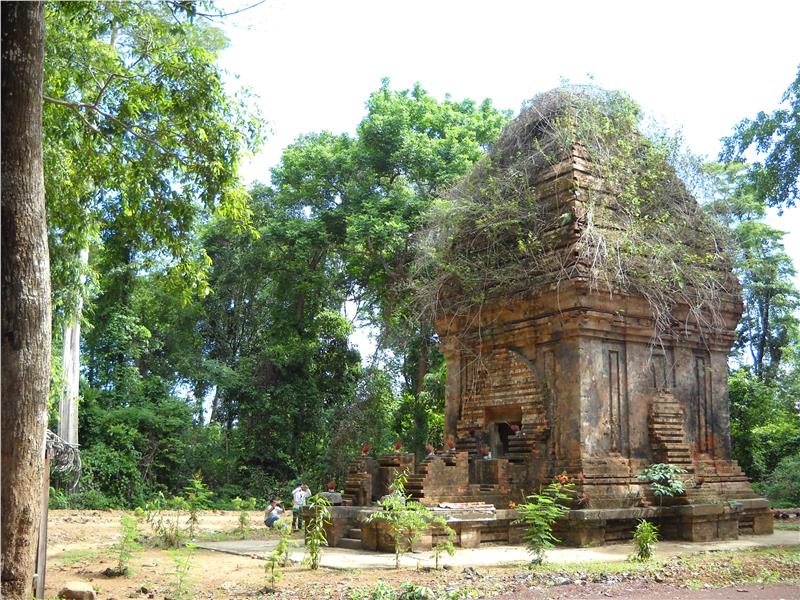
With many different names, Dak Lak was merged and separated multiple times with the local surroundings. Using reputation name of river, stream, and the head of village to name the locality has a common phenomenon in Central Highlands. The name of Dak Lak was derived from beautiful Lak lake of this land (Dak means water, Lak is the name of Mr. Lak, Dak Lak means the water of Mr. Lak). Dak Lak was established according to the decree issued on November 22, 1904 by the Governor General of Indochina and separated from Laos, under the rule of the Resident General of An Nam. In late 19th century, the Darlac belonging to Kontum was merged into Laos by the French. Until February 9, 1913, Dak Lak became an administrative unit of Kontum established the same day. On July 2, 1923 New Dak Lak province was re-established. On January1st, 2014, Dak Lak was separated into Dak Lak and Dak Nong. Dak Lak consists of Buon Ma Thuot City and 13 districts.
Dak Lak province has 15 district-level administrative units, including 1 city (Buon Ma Thuot), 1 town (Buon Ho) and 13 districts of E Sup, Krong Bong, Krong Buk, Krong Pak, Krong Nang, Krong Ana, M'Drak, Lak, Ea Kar, Ea H'leo, Cu M'gar, Cu Kuin and Buon Don. Among them, there are 184 communal administrative units, including 152 wards, 20 communes, and 12 towns.
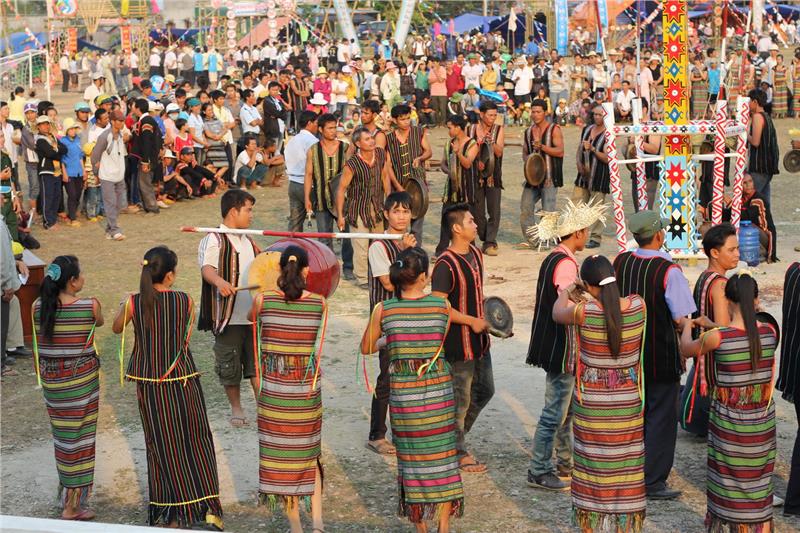
Dak Lak population in 1012 reached 1,796,666 people; the population density reached more than 137 people/ km². Among them, there are around 432,458 urban populations and 1,364,208 rural populations. Dak Lak residential community includes 47 ethnic groups. Of which, Kinh ethnic people account for more than 70%, other ethnic minorities as Ede, M'nong, Thai, Tay, Nung occupy 30% of the provincial population. Provincial population is unevenly distributed over the districts, concentrated mainly in Buon Ma Thuot city, towns, and districts along the National Highway No.14, 26, 27 as Krong Buk, Krong Pak, Ea Kar, and Krong Ana. Districts with low population density are particularly difficult districts as Ea Sup, Buon Don, Lak, Krong Bong, M'Drack, and Ea H'leo... In addition to ethnic minorities, there are also large numbers of migrants from other provinces in the North and Central regions to the province.

Dak Lak economy is mainly based on the production and export of agricultural and forestry products. The province also has the potential ecotourism. In the PCI rankings of Vietnam in 2011, Dak Lak ranked at No. 58 among 63 provinces and cities. Dak Lak province has the largest area of coffee in the country with an area of 182,343ha and annual harvest of over 400,000 tons, accounting for 40% of the country. Coffee, fruit, and rubber play an important part in its economy. Also, the province grows other fruit trees such as avocado, durian, rambutan, mango, etc. The total social product was estimated at 37,700 billion (at constant price 2010), up 9.2% over the implementation of 2013, reaching 99.4% of the plan. Agriculture, forestry continues to grow fairly, exceeding the plan; hold an important role in stabilizing the economy and rural life, contributing primarily in maintaining the economic growth of the province. The production value of the whole industry (at constant prices 2010) was estimated at 34.850 billion dong, up 6.44% compared to 2013 and 8.96% compared to the plan.
Some industrial products still maintained a high growth rate compared to 2013, such as mining industry, processing industry and manufacturing, industrial production and distribution of electricity and gas. Particularly, some products had the strong growth as sugar (46.3%), coffee powder (22.3%), and instant coffee (28.6%). The stable products are beer, starch, animal feed... Total retail sales of goods and service was estimated at 49,425 billion dong, increasing 14.8% compared to 2013 and reaching 2.81% of the plan. The export turnover was estimated at USD 730 million, reaching 97.3% over the plan, up 12.3% compared to 2013. The import turnover achieved USD 15 million, reaching 75% of the yearly plan; imported goods were mainly raw materials, materials for production and machinery. Tourism activities increase relatively. The total number of tourists was estimated at 467,000 arrivals, reaching 100.43% of the plan, up 13.9% yoy. In particular, international visitors were estimated at 47,000 arrivals, an increase of 17.5% over the same period; domestic visitors reached 420,000 arrivals, increasing 13.51% over the same period. Total revenue reached 360 billion dong, up 15.94% compared to the same period last year.
Currently, Dak Lak has 695 schools at secondary level, including 52 high schools and 221 junior high schools, 417 primary schools and 5 secondary schools, besides there are 235 kindergartens. With such school system, Dak Lak education is relatively complete, contributing to reduce illiteracy in the province. Systems of healthcare have been gradually strengthened; quality healthcare is improving step by step; morale and attitudes serving patients have positive changes; the highly technical equipment continue to be deployed applications; overcrowding of hospitals tends to decrease. Percentage of communes reaching national standards on health is 70.1%, an increase compared to the plan. Cultural sector performed well in conservation and promotion of cultural values and traditions of the peoples. Create jobs, vocational training, especially for rural labor is increasingly focused; the province created jobs for about 26,500 people, reaching 100% of the plan.
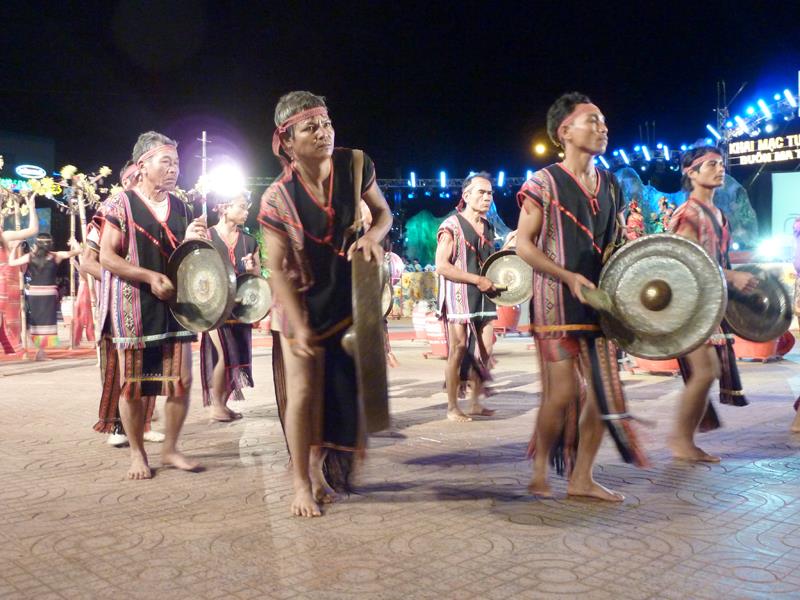
Dak Lak has many ethnic groups living together. Each group has its own cultural beauties. Specifically, the traditional cultural identities of ethnic groups of Ede, M'Nong, and Gia Rai are gong festival, Buffalo-stabbing festival, elephant race; architecture of stilt houses, communal house; famous ancient instruments of gong, Lithophone, T'rung, and Central Highlands epics. All are tangible and intangible cultural heritages, in which the space of gong culture was organized by UNESCO as Masterpiece of the Intangible Heritage of Humanity. In Dak Lak, Ede, M'nong, J'rai, Se Dang, Bru-Van Kieu ethnic groups are currently storing more than 2300 sets of gong. Here, ethnic minorities still keep the most sets of gongs in the Central Highlands. Gong is a symbol of culture associated with spiritual beliefs of Dak Lak people. In addition, Dak Lak people are proud of traditional villages as brocade weaving, sculpture, and festivals of ethnic minorities. All the fine cultural traditions of ethnic groups make up the diversity and richness in Dak Lak culture.
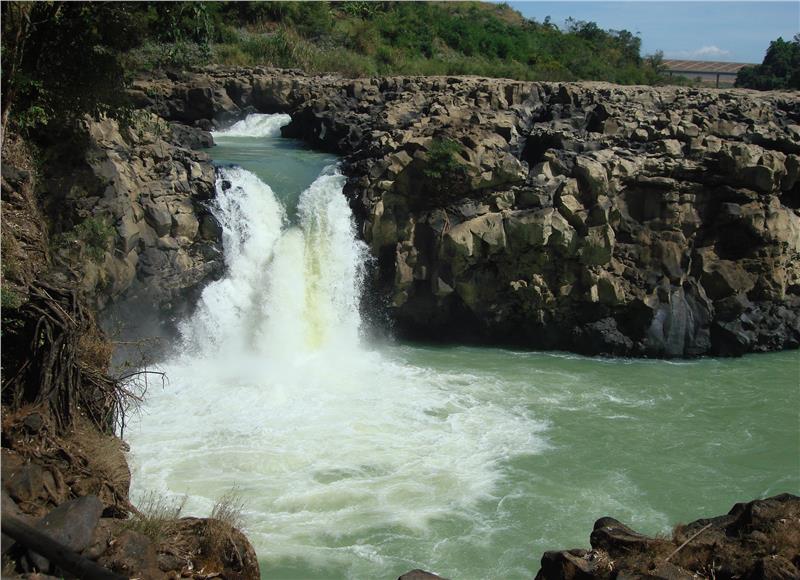
Dak Lak tourism has advantages to develop ecotourism and cultural tourism as Lak Lake, Gia Long Waterfall, Don Village, Krong Kmar Falls, Dieu Thanh, Tien Nu, National Parks of Chu Yang Sin, and Easo. Coffee flower forest: coming to the Central Highlands is not difficult to find the vast coffee forests. March is the time when the hills are covered in the pure white color of coffee flowers along with bees, butterflies creating the romantic and wonderful scene. Trung Nguyen coffee village is the place where tourists can enjoy coffee with different flavors and styles. This is also on appealing tourist destination marked by typical structures in the Central Highlands and the unique space for coffee. Don Village is an important attraction in the tourism map of Central Highlands. Don Village has long been famous for elephant hunting and taming craft. Not only does it own the beautiful landscapes, from vast forest to the majestic rivers or burly elephants, but Don Village has also delicious dishes as grilled chicken, Ama Kong wine.
Yok Don National Park is an ecological tourist area attracting many domestic and foreign tourists, located in Krong Na commune, Buon Don District. Coming here, tourists can experience the characterized type of ecotourism as elephant riding, hiking, and biking in the primeval forests. Especially, tourists can see the wild animals at night or boat on poetic Serepok River in the daytime. Also, visiting the village, enjoying ruou can with typical attractive specialties of the indigenous people is also a good idea.
Lak Lake is located about 56km from Buon Ma Thuot City to the south, the largest freshwater lake in the Central Highlands and the second in Vietnam (after Ba Be Lake). The lake is surrounded by the primitive forests. Visit Lak Lake, tourists cannot miss the chance to ride giant elephants and sit on the boats to watch the fishes swimming around. Interestingly, tourists can also bring a fishing rod to angle the fresh fish and process into specialties along with aromatic ruou can. Nestled on poetic Lak Lake, Jun village is stunningly sketchy line in the vivid picture of the mountain and forest in Central Highlands with the traditional long houses on the halfway slope, the beautiful M'Nong girls and the lovely baby elephants. Coming here, tourists seem to find the identity of wild, mysterious and peaceful Central Highlands.
Festival
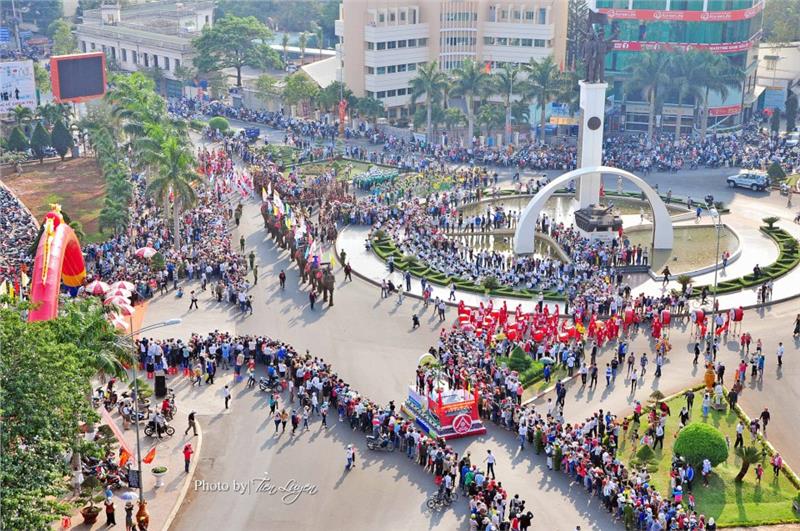
Dak Lak has many vibrant cultural traditions of ethnic groups imbued with its own identity. On the occasion, tourists will have the opportunity to join in unique folk festivals. Elephant racing is one of the traditional cultures of people in Central Highlands held in March of the calendar every two years. Don village is the cradle of hunting and taming wild elephants, so the festival is usually held here. From the 12th to 3th lunar month, Banar ethnic people hold Buffalo-stabbing festival or the so-called Koh Kpo or Groong Kpo Tonoi to welcome the New Year and pray for health and good crop.
People in Central Highlands do not worship the ancestors, so they hold “Bo ma” ritual 1 to 3 years after the dead depending on each family. The tombs are built carefully, around the tomb is decorated with wooden tombs and surrounding fence. According to the custom of the Ede people, before the “bo ma” ritual is held, the dead has not come to another world. Therefore, the living must bring rice to them every day and feed them. They do not leave the rice there and burn incense as the Kinh people do. These festivals in Dak Lak still keep original and mysterious features appealing numerous tourists.
